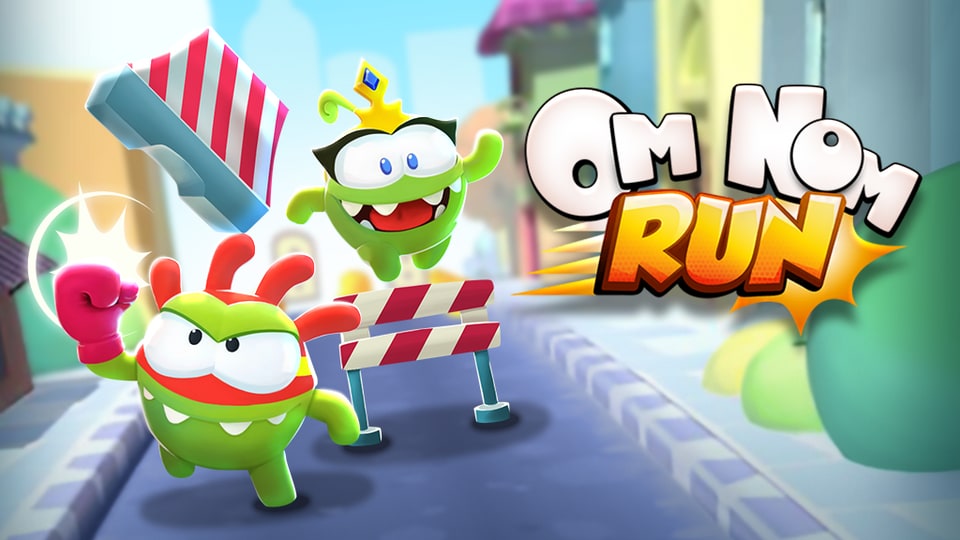Dante Returns in Netflix’s Devil May Cry Anime: Here’s Why It’s a Big Deal
On April 3, Netflix released all eight episodes of Devil May Cry Season 1 in one go, offering fans a binge-worthy reboot that does more than revisit old battles.

Not long ago, Devil May Cry: Peak of Combat gained traction among mobile gamers for reviving the classic franchise with stylish combos and fast-paced battles. But that was just a warm-up. Something bigger, more layered, has just dropped, pulling fans deeper into a universe they thought they already knew. With titles like Haikyu!! FLY HIGH and One Punch Man: World turning anime into games, this shift in direction offers a rare twist. A new era has quietly begun, but beneath the surface lies a story that reshapes the entire legacy.
A Multiverse of Mayhem In Devil May Cry Animated Leap

On April 3, Netflix released all eight episodes of Devil May Cry Season 1 in one go, offering fans a binge-worthy reboot that does more than revisit old battles. This isn’t the same Dante players grew up with. Instead, viewers are introduced to a younger version of the demon hunter, navigating an altered timeline where the past feels unfamiliar and the future uncertain.
This isn't a direct retelling of Capcom's classic storylines. The show, helmed by Castlevania creator Adi Shankar and animated by Studio Mir (Lookism, The Legend of Korra), explores new conflicts, including a powerful antagonist known as the White Rabbit and a soldier named Mary Ann Arkham, whose motives aren’t as clear-cut as they seem. The result is a fast-moving narrative filled with stylish action and unexpected tension.
The series also sets up the "Bootleg Multiverse," a larger vision from Shankar that plans to unite multiple game-inspired properties under a single animated umbrella. In contrast to standard adaptations, this multiverse pushes towards originality without sacrificing the integrity of the source material, a gamble that seems to be paying off, with initial reviews describing it as faithful but refreshing.
Johnny Yong Bosch reprises his role as Dante, this time after portraying Nero in Devil May Cry 4, with Scout Taylor-Compton and Hoon Lee completing the principal cast. Their chemistry adds weight to the story, especially during the White Rabbit’s chaotic confrontations that mirror boss-level intensity.
For fans, the release marks more than just a new show; it signals a shift. As Netflix continues to tap into gaming IPs, Devil May Cry positions itself as a new benchmark for how anime and video games can collide. And this could just be the beginning.
The Bigger Picture: When Games Inspire Universes

What sets this anime apart isn’t just its sleek animation or layered storytelling; it’s what it represents. Unlike recent trends where anime like Blue Lock, PWC, or NARUTO SHIPPUDEN transitioned into games, Devil May Cry flips the script. It starts from a beloved title and builds outward, signaling a rare case of a game-driven anime leading into a shared universe.
This reverse approach feels timely. With audiences craving interconnected stories, the Bootleg Multiverse taps into the same pulse that made cinematic universes thrive. Shankar’s decision to use Devil May Cry as the launchpad adds weight; this isn't an experiment; it's a blueprint.








